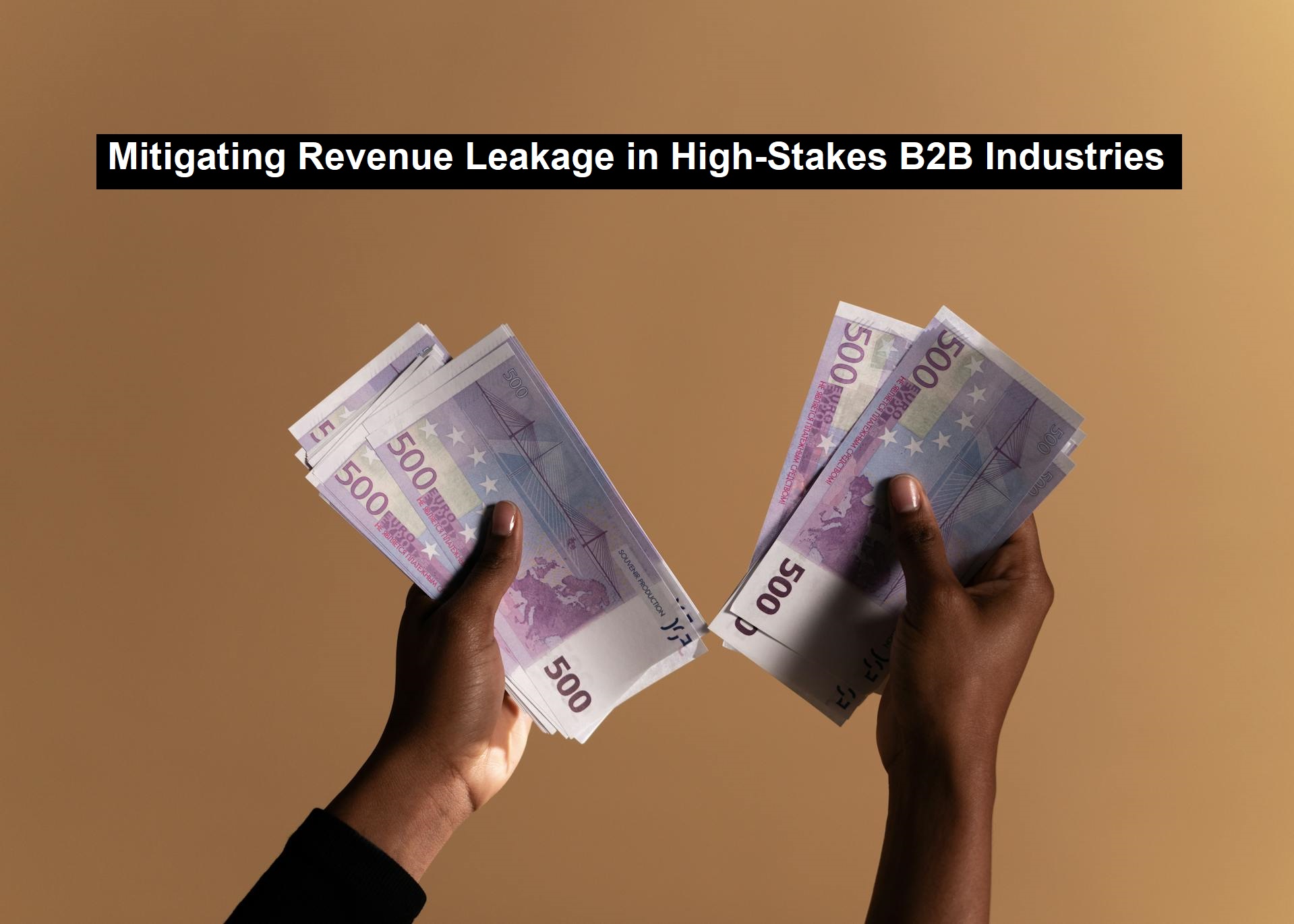Mitigating Revenue Leakage in High-Stakes B2B Industries
Revenue leakage presents a formidable challenge in large-scale business operations, particularly within high-stakes sectors like financial services, fintech, SaaS, and media. The intricate and high-volume nature of transactions in these industries not only threatens immediate financial stability but also hinders the capacity for future innovation and growth. Below, we explore key factors contributing to revenue leakage and propose strategies for mitigation.
In B2B environments, revenue leakage often stems from subtle inefficiencies in internal processes and systems. Contract management, for instance, poses significant risks as companies manage numerous contracts annually, each with unique terms. Failure to enforce these terms properly or align billing with contract agreements can result in unbilled or uncollected revenue.
Pricing inconsistencies also pose substantial challenges. Industries like software and technology, characterized by evolving products and complex pricing models, struggle with maintaining pricing accuracy. Without robust systems to ensure adherence to pricing strategies and compliance, businesses risk underpricing or unauthorized discounts, directly impacting profitability.
Errors in billing and invoicing are another common source of revenue loss. When billing systems fail to accurately reflect delivered services or adhere to contract billing cycles, revenue may be delayed or lost. Moreover, inefficient invoicing processes can cause collection delays, disrupting cash flow and threatening the financial stability of large enterprises.
Read: 6 Important Warehouse Safety Tips
To address these issues, finance leaders, including CFOs, are increasingly adopting integrated automated solutions to enhance accuracy and efficiency across the revenue cycle. Advanced contract management systems, dynamic pricing engines, and precise billing systems are critical tools in ensuring that revenue is billed and collected accurately and on time.
CIOs and IT departments play a pivotal role in selecting and managing the technological platforms that support these financial functions. The ideal technology stack should reduce manual tasks, provide real-time analytics, and quickly identify and rectify potential leakage points. Additionally, product management and commercial operations leaders must ensure that product catalogs and configurations are up-to-date, reflecting the latest business rules and market conditions to prevent pricing or contractual errors.
A comprehensive cross-functional approach, which tightens internal controls, leverages appropriate technological solutions, and encourages continuous process improvement, is essential to addressing revenue leakage. For companies in high-stakes industries, this approach is not only vital for protecting revenue but also for maintaining a competitive edge and fostering sustainable growth. Understanding and managing revenue leakage is critical to achieving strategic success in today’s complex market landscapes.
Common Pitfalls in B2B Revenue Streams was provided by BillingPlatform, an organization offering solutions such as their CPQ system
For more detailed insights into specific strategies and solutions, refer to the infographic accompanying this post.
